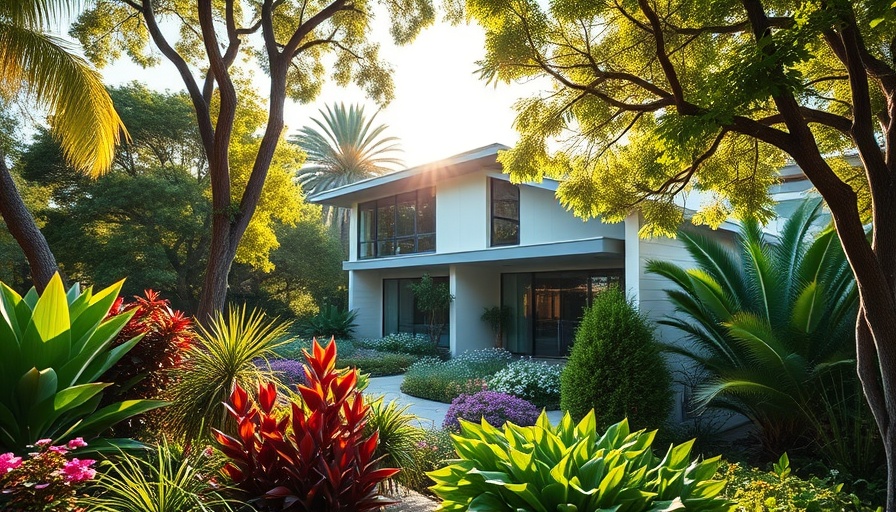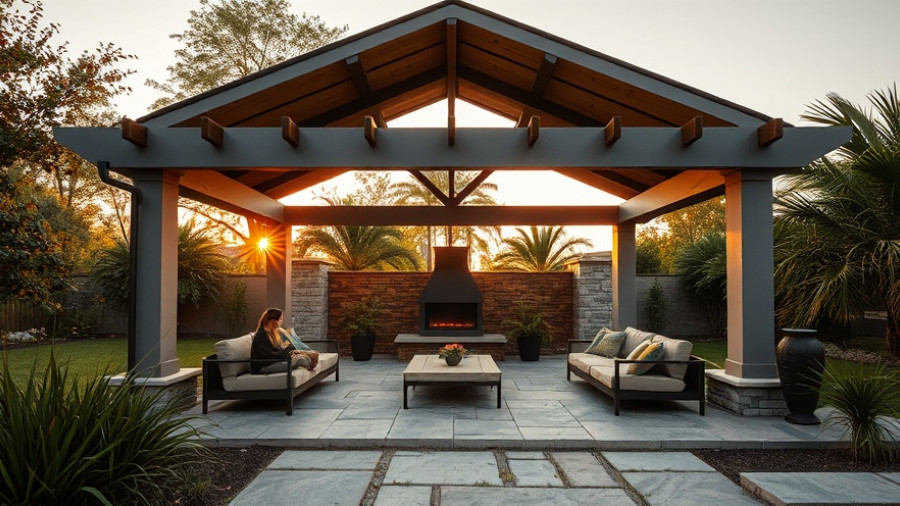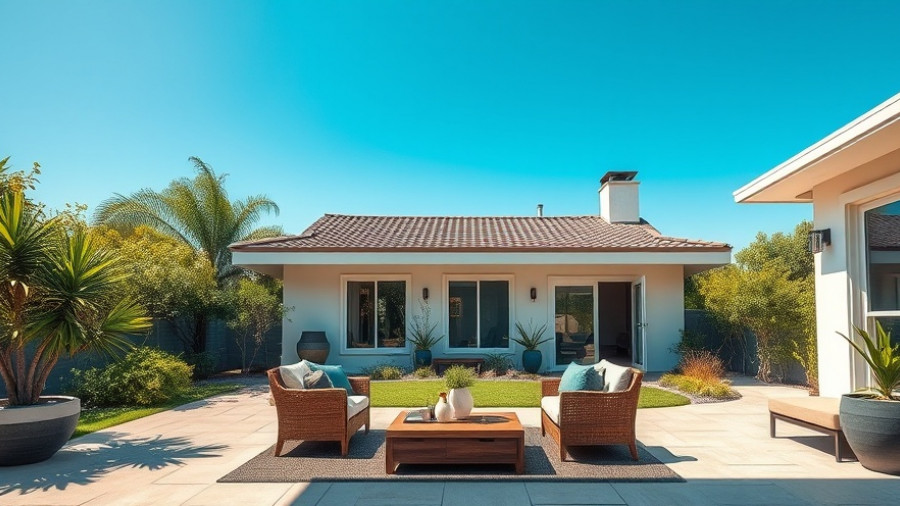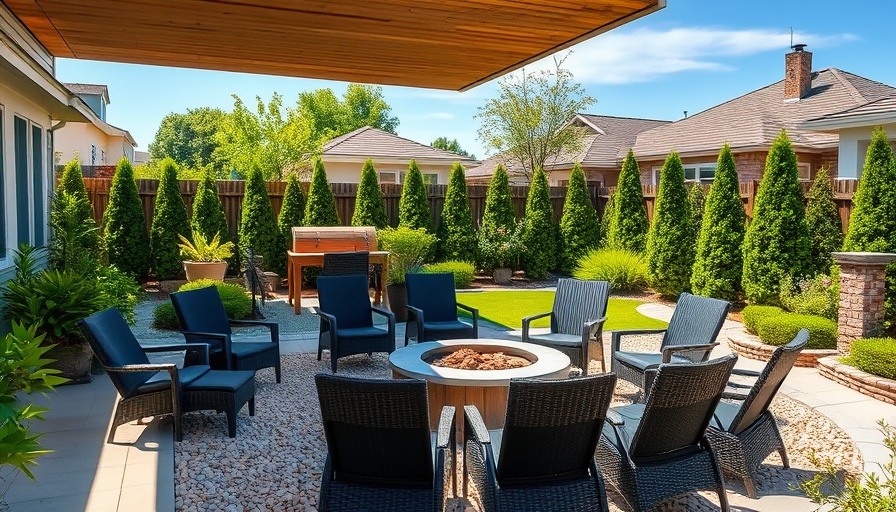
Transforming Gardens with Contemporary Design
In the picturesque setting of Princeton, New Jersey, a remarkable transformation has taken place in a lakeside family home, where modern architecture marries the beauty of nature. This stunning landscape serves as a testament to how contemporary design can enhance even the most organic surroundings. With the help of renowned landscape designer Ronni Hock, the homeowners, a busy family of five, sought to create an inviting outdoor environment that perfectly encapsulated their lifestyle.
The Vision Behind the Design
The family's vision was clear: they wanted an informal landscape that fosters relaxation while offering varying spaces for their everyday activities. Ronni Hock, whose work had resonated with the homeowners, stepped in to turn their dreams into reality. “They cherished the idea of having pathways and garden rooms,” Hock states, emphasizing how crucial thoughtful design can be in creating a haven for families.
Engaging Spaces for Family Activities
With three young daughters, the outdoor space is not just a backyard; it’s a playground and sanctuary rolled into one. The design includes cozy seating areas, vibrant gardens, and winding paths that invite exploration. This aspect of the project mirrors a growing trend in gardening where the objective is not merely to beautify, but also to provide a multifunctional space that fits the dynamic lives of homeowners.
Incorporating Nature: The Contemporary-Natural Balance
One significant aspect of Hock's design is her commitment to creating a harmonious landscape that respects its natural surroundings while encasing contemporary elements. The blending of these styles has become especially important in today’s gardening trends, where homeowners wish for gardens that are both functional and aesthetically pleasing.
Future Predictions: The Evolution of Outdoor Spaces
As sustainable living continues to rise, many homes across the U.S., especially in areas like California, are seeing a shift similar to this Princeton home. Homeowners are increasingly integrating native plants and efficient layouts that foster resilience in the face of changing climate conditions. This strategy not just beautifies homes but enhances local ecosystems, making it a win-win for homeowners and nature alike.
Connecting Cultures and Designs Through Landscaping
These landscaping approaches are not just limited to the northeastern United States. In California, a similar sentiment flourishes. As urban areas become crowded, homeowners are capitalizing on backyard spaces to develop retreats that reflect both modern aesthetics and ecological sensibility.
Emotional Resonance: Homes and Their Environments
At its core, the heart of this landscape design is the emotional connection it fosters with nature. Contemporary homeowners are progressively seeking spaces that not only function well but also create an emotional respite. Such spaces encourage families to engage with one another, underscoring the idea that home is not merely a structure, but an experience.
Conclusion: A Call to Action for Modern Homeowners
As we reflect on the thoughtful interplay of contemporary architecture and natural landscaping seen in homes like this one, there is an invitation for other homeowners to embark on their own landscaping journeys. Whether embarking on a renovation or creating a new outdoor space, think about how modern design can transform your home while nurturing the environment. Let’s delve into this combination of aesthetics and functionality, and create spaces that allow families to thrive and grow.
 Add Row
Add Row  Add
Add 




Write A Comment